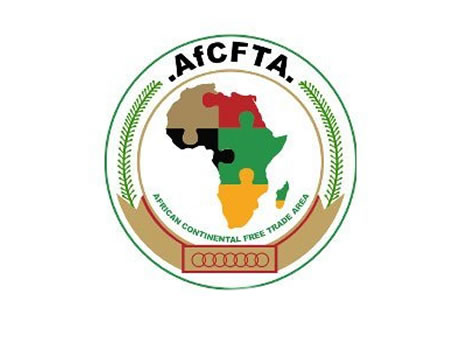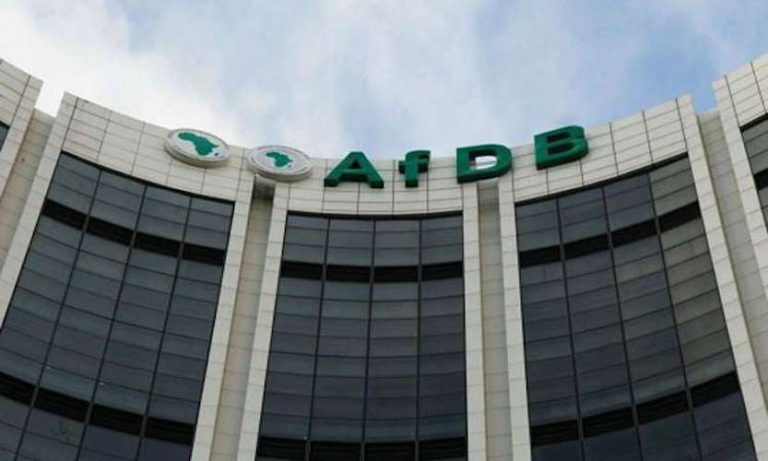Nigeria, Others To Account For $41bn In Global Upstream Expenditure
African Energy Chamber (AEC)’s 2026 Outlook projection has revealed that Nigeria and other countries in the continent are set to push the continent’s oil and gas production to reach 11.4 million barrels per day (bpd) by 2026, growing toward 13.6 million bpd by 2030 as exploration gains momentum in frontier basins.
Similarly, the AEC also stated in the outlook that since Africa holds enormous upstream potential, the continent is expected to account for roughly $41 billion in global upstream capital expenditure by 2026, driven by major projects in Nigeria, Mozambique and Angola.
Particularly, AEC pointed out that licensing rounds were underway or planned into 2026 – across mature markets such as Angola, Nigeria, the Republic of Congo, Equatorial Guinea, Libya and Egypt, as well as emerging frontiers including Namibia, Sierra Leone, Tanzania and South Africa – continue to attract explorers seeking new opportunities.
With this, the African Energy Chamber is calling for a fundamental reorientation of global energy policy – one that places African fossil fuels at the center of energy security, industrial growth and poverty alleviation. Indeed, for too long, policies rooted in ideology have sidelined the continent’s vast energy potential.
The time has come to “drill, baby, drill” – responsibly, strategically and to meet the energy needs of hundreds of millions of Africans who still live in darkness. With proven gas reserves exceeding 620 trillion cubic feet, Africa is a critical supplier for both global gas markets and domestic energy development.
Mozambique hosts multiple major LNG projects in its offshore Rovuma Basin, Senegal is advancing Phase 2 of the Greater Tortue Ahmeyim project alongside Yaakar-Teranga, and Equatorial Guinea continues to develop its regional Gas Mega Hub, connecting stranded fields to onshore gas-processing infrastructure.
Libya’s re-emergence as a stable and attractive upstream environment has attracted the return of major international players. Meanwhile, Uganda and Tanzania are progressing with the East African Crude Oil Pipeline, reflecting a regional commitment to integrated infrastructure and long-term production.
In South Africa, coal remains central to energy security, even as the country pursues gas exploration and investment to complement industrial growth. Yet despite this massive potential, restrictive global financing frameworks threaten to choke off investment where it is needed most.
The World Bank’s fossil-fuel lending ban and risk-averse policies by many Western banks risk sidelining projects just as the continent requires them to support industrial clusters, domestic electrification and gas infrastructure.















Post Comment